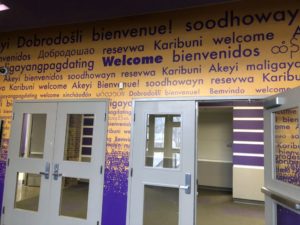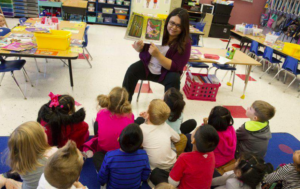
From research studies to school websites, it is often written that two-way dual language (TWDL) bilingual education programs share three core goals: academic achievement, bilingualism and biliteracy, and sociocultural or intercultural competence. Colleagues (Deb Palmer, Claudia Cervantes-Soon, and Dan Heiman) and I have been thinking: this isn’t enough! Building upon our research review (RRE 2017), we proposed a fourth core goal: critical consciousness.
Although TWDL programs are designed to integrate students from diverse language, culture, and race backgrounds, equity is unfortunately still a challenge. We argue that centering critical consciousness—or fostering among teachers, parents, and children an awareness of the structural oppression that surrounds us and a readiness to take action to correct it—can support increased equity and social justice in TWDL education. In our most recent publication in the journal Theory Into Practice, we elaborate four elements of critical consciousness: interrogating power, critical listening, historicizing schools, and embracing discomfort. We illustrate these elements with examples from TWDL research and practice. In addition, we describe how such consciousness impacts and radicalizes the other three core goals, in turn supporting the development of more successful, equitable, and socially just TWDL schools.
Please take a look and let us know your ideas: how might these ideas work in your bilingual school or classroom? How can this help create more equitable and welcoming educational experiences, especially for children from immigrant families?




